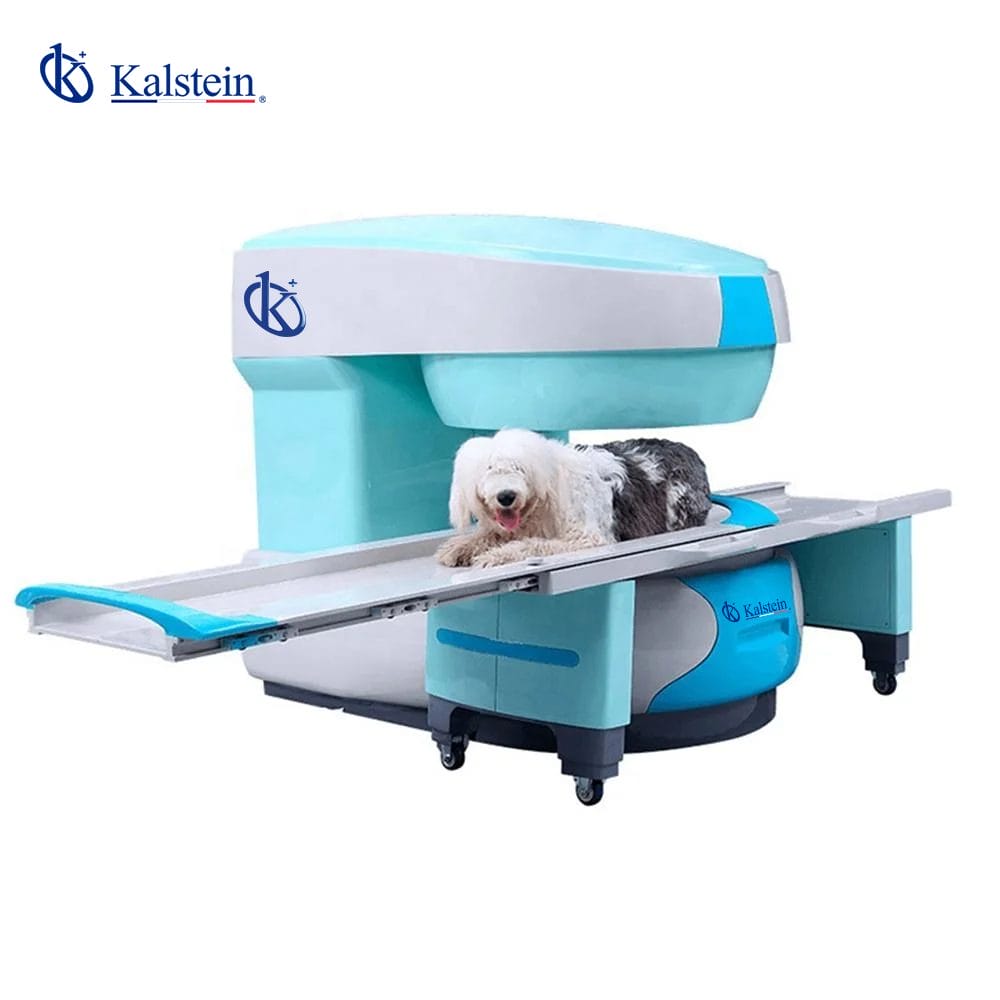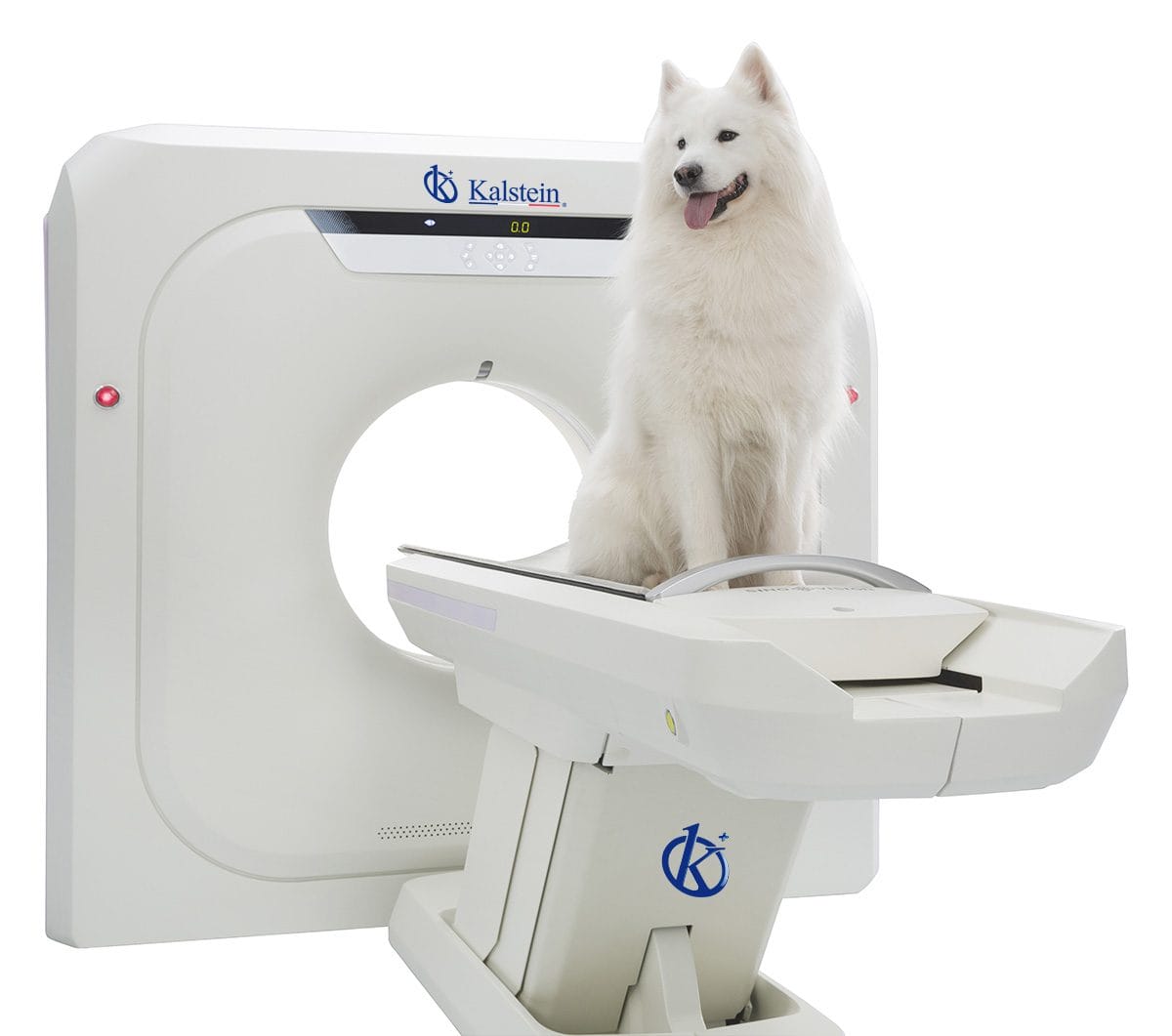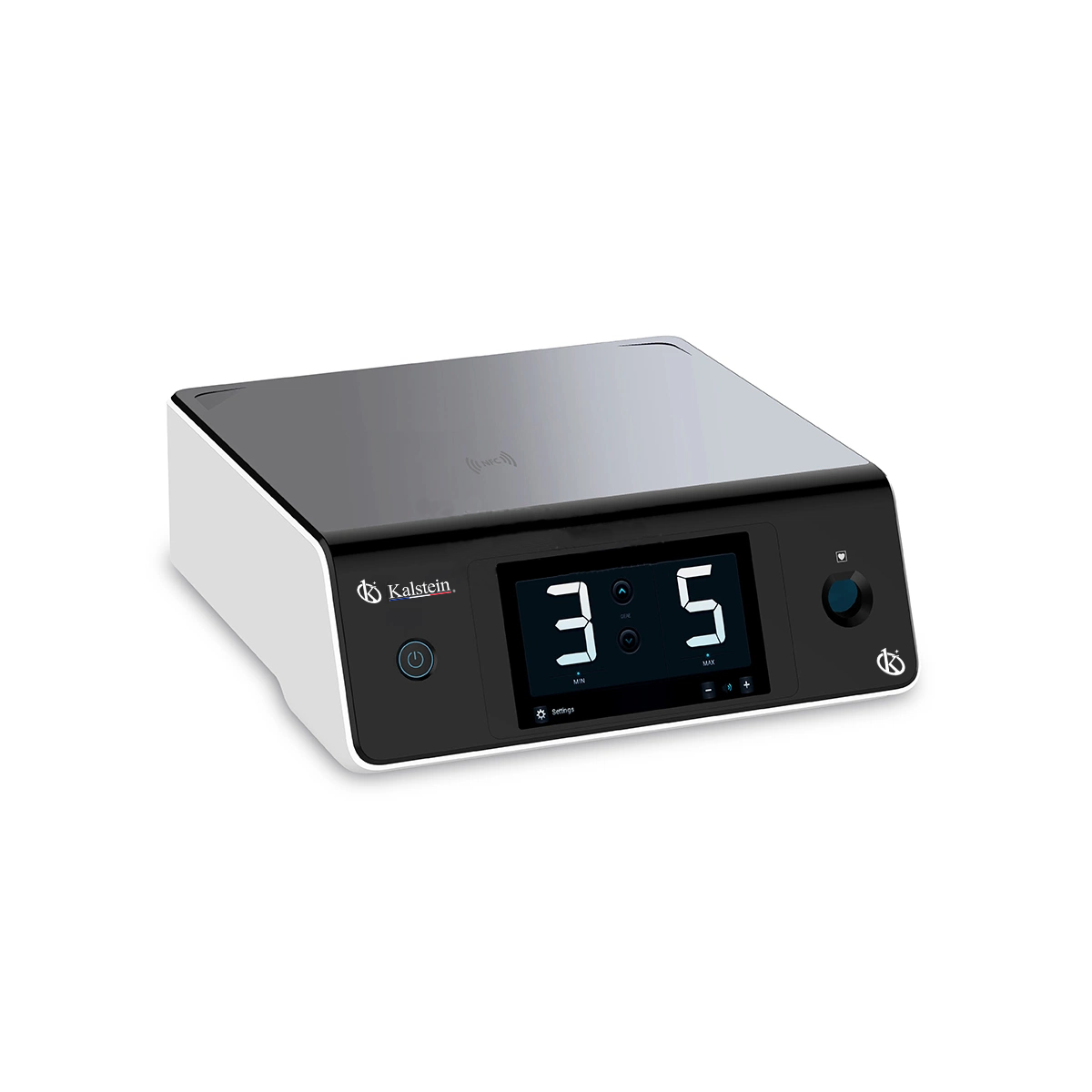Reconstructive plastic surgery is an essential part of modern medicine that involves the application of surgical techniques and instrumental techniques to improve the external appearance and function of an area affected by a disease or injury. These techniques can include a variety of procedures, from simple to more complicated treatments, such as microsurgery, grafts, free grafts, and lipoaspiration. The use of optical surgical navigators has been shown as a vital support tool for these surgical interventions. These navigators allow surgeons to locate a lesion, define the target area, and perform quicker and more accurate surgeries.
An optical surgical navigator is a medical location and orientation device designed to facilitate reconstructive plastic surgery. These browsers provide additional information to surgeons as they perform their work, such as real-time images, maps, and shutters. Optical surgical browsers are also known as “smart tags” because they have the ability to tag and guide the surgeon to a specific location of the injured tissue, which in turn helps the surgeon perform the procedure in a more accurate way. One of the main components of these browsers is an infrared light camera, which is able to penetrate deep into the skin and better see the tissue, such as a tumor or an unknown injury. This information is transmitted to a software that provides a 3D structure model for the surgeon.
Optical Surgical Navigators for Reconstructive Plastic Surgery
Surgeons performing reconstructive plastic surgery have greatly benefited from the implementation of optical surgical navigators. These devices have been successfully used to address the clinical challenges associated with plastic reconstructive surgery, allowing surgeons to significantly improve surgical outcomes. The ability to expand a surgical procedure to clearly identify and visualize tissues and injuries, along with data communication between the infrared light camera and 3D software, has dramatically reduced surgical times and risks for patients.
Optical surgical navigators have significantly improved reconstructive plastic surgery. These tools help surgeons achieve accurate results by providing the knowledge and support needed to perform surgical procedures effectively. The continuous development of these tools has helped to improve the efficacy and safety of reconstructive plastic surgery, leading to fewer post-operative injuries.
Benefits of optical surgical navigators in plastic surgery Reconstructive
These optical surgical navigators are helping surgeons improve their surgical outcomes by enabling them to identify and treat complex and sensitive surgical areas. The rapid development of optical surgical navigation tools has allowed plastic surgeons to achieve incredible results and offer their patients high quality treatment, and also provides satisfactory surgical results, as well as patients to achieve better aesthetic and functional results. Thus, the development of optical surgical navigators is paving the way towards a promising future for the treatment of high-grade reconstructive surgeries.
These kits have made reconstructive plastic surgeries safer and more accurate for patients. These tools allow surgeons to perform more accurate procedures by providing real-time information, such as images and 3D data, that allow the surgeon to obtain better aesthetic and functional results. The development of these optical surgical navigators has changed reconstructive plastic surgery in a way that benefits both the surgeon and the patient.
Optical Surgical Navigators brand KALSTEIN
DICOM tomographic images captured with CT / C-arm / MRI / fMRI are applicable in the YR02143 surgical navigation system
The advanced optical tracking system tracks real-time 3D position and orientation of active or passive markers attached to surgical tools, for exceptional accuracy (1.0 mm spatial resolution) and reliability.
The method of 3D simulation and modeling of anatomical structures in material (such as skin, skull, brain tissue or target lesion) can be easily defined by surgical convenience.
With the navigation probe and integrated advanced optical measurement technology, the surgeon can easily quantify the size and position of the lesions, and then design the surgical approach in a scientific way.
The system provides operators with four navigation modes for comprehensive monitoring of the navigation process.
The intelligent software will help calibrate and compensate for unexpected changes in anatomical structure and brain change induced by removal of the area of intracranial injury.
If you want to purchase this equipment or solve any doubt, we can offer it to you through our online channels and at the best PRICE in the market, also if you want to know the catalog of high-end products that in KALSTEIN we have for you visit us HERE we assure you that through our online PURCHASE channels that are very easy and viable from anywhere in the world, reminding them that we are Company MANUFACTURER of high-level laboratory equipment for sale.




